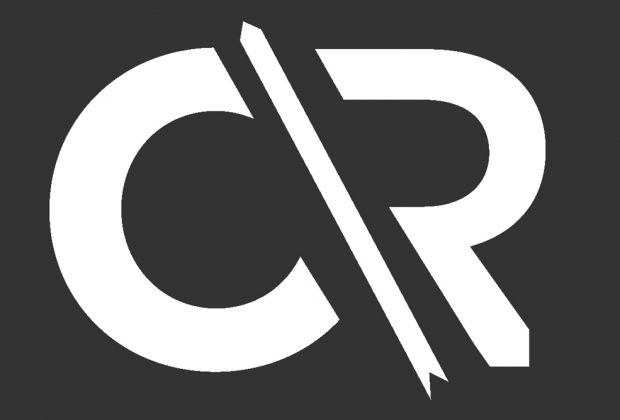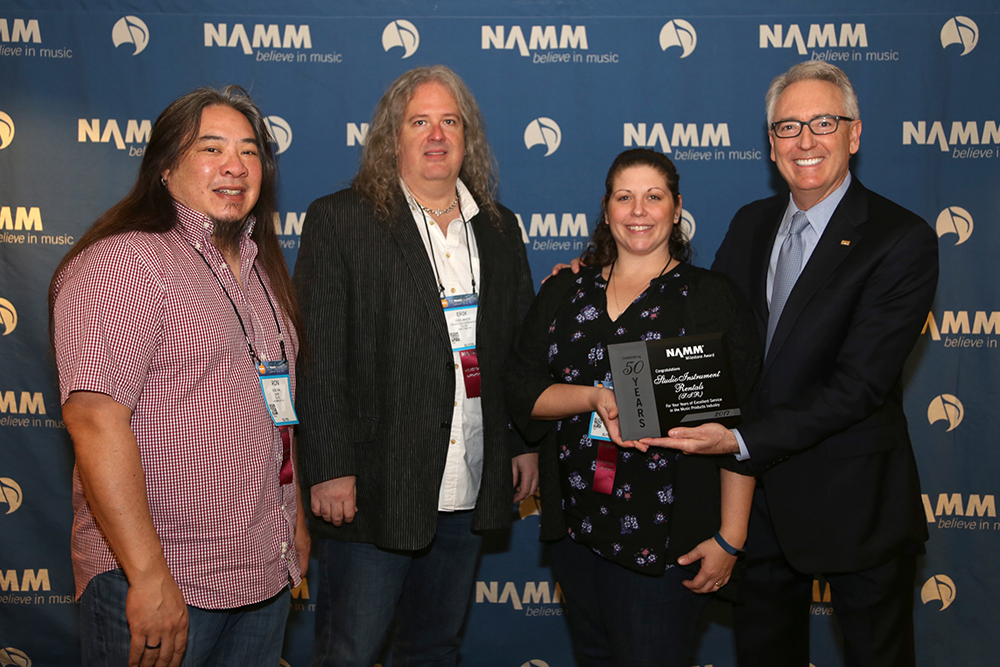Crosshair Music is an online platform that puts artists directly in touch with playlist curators and other digital curators who can introduce their music to a larger online audience. Crosshair not only aims to increase streams and break new music, but it also has a goal of developing relationships and building foundations that can sustain careers.
Garrison Snell, the 23-year-old Nashville entrepreneur who designed Crosshair, was helping an artist develop a release strategy when he noticed a gap in the business model--the lack of a digital marketing tool priced for independent musicians.
"Every solution was based on an agency retainer fee at the beginning of an artist's career to get their music in front of people," Snell says. "That's absurd. I wanted to build a tool that would make it easy for independent musicians to get their music in front of quality audiences."
Snell spent a year and a half developing Crosshair, which grew out of his marketing agency Gyrosity Projects, before rolling out the web application's latest version in January. Crosshair currently works with 500 active playlists and tastemakers representing a combined following of 42 million.
Alternative band Judah and the Lion recently used Crosshair to promote "Take It All Back" early in the song's life, securing placement on essential independent playlists that helped propel the song to nine million Spotify streams. "Take It All Back" eventually became the band's first No. 1 hit, topping Billboard magazine's Alternative songs chart in January. Developing acts in genres ranging from hip-hop to EDM to country have used Crosshair to break onto playlists with follower counts totaling tens or hundreds of thousands.
While other solutions aim to connect consumer brands with influencers, Crosshair specifically addresses the needs of musicians. In addition to designing the platform for the music industry, Crosshair keeps it affordable for artists on a budget.
 "We are a tenth of the price of most other companies and give targeting control to the client," Snell says. "The artist's team can control the criteria Crosshair uses to match their songs with influencers, filtering for the desired listener's genre preference, age, and gender."
"We are a tenth of the price of most other companies and give targeting control to the client," Snell says. "The artist's team can control the criteria Crosshair uses to match their songs with influencers, filtering for the desired listener's genre preference, age, and gender."
The Crosshair platform involves both artists and influencers in a transparent process. Crosshair uses playlist and user data to analyze influencer's existing content and recommend music based on the demographics of users most likely to follow their channels. It does the same thing for artists based on their existing music and audiences. When audience overlap exists, it means there is potential for an artist's song to be received favorably by an influencer's followers.
Crosshair not only helps its artist clients, it also benefits the curators and owners of online channels who sign up as influencers by compensating them for their feedback.
Currently, qualifying Crosshair influencers must have follower counts that reach 500 for a Spotify playlist; 1,000 for a Twitter or YouTube account; or 2,500 for an Instagram feed. Music supervisors and other music-oriented platforms can be considered for the program on a case-by-case basis. Crosshair instantly compensates its influencers proportionally for listening and giving feedback on the music submitted for consideration on their channels, a system that provides clients with invaluable information and also helps Crosshair continually hone the service for future clients.
"Our vision is to give music creators a fair and easy way to naturally promote their music," Snell says. "I see a world where the best music, the songs that are the most in tune with the cultural zeitgeist, rises to popularity based on the listener's reception of the song alone."
For more information, visit crosshairmusic.com.














